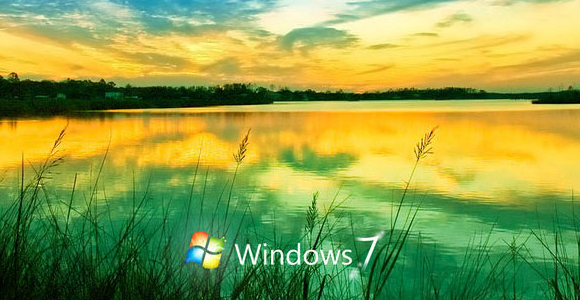Do you love your iPhone? Certainly you do, and so you might be interested in knowing how to take good care of your iPhone so that it could live longer. Since it’s your all in one device, so you just stick to it, the decreased battery life is very obvious. This article will guide you how you can enhance the battery life of your iPhone. Here it goes:
1. Turn off 3G, Wi-Fi and Bluetooth, location services, equalizer etc when they’re not required. You must know that all these eat up lot of battery, so turning them off when not required saves lot of battery and hence increases the battery life too.
2. Turn off Auto-Brightness: It’s basically to change iPhone’s screen brightness on the basis of surrounding light and so consumes battery. Also lowering the brightness can save lot of battery. Any brightness level between 25% and 30% is ideal for all times, i.e. day and night. Not a bad idea to keep a constant brightness level, as it’ll be good for iPhone battery as well as your eyes.
3. Turn of sound effects. It really saves lot of your battery. Many times you can have fun without sound effects too!
4. Don’t forget to have a monthly battery calibration. As strictly advised by Apple is to 100% charge the iPhone’s battery when it has completely drained. It means, get the battery completely finished, then charge it fully. An easy option!
5. iPhone case is though a good protective measure, but charging your iPhone within case can harm and may reduce the battery life of your iPhone. This is mainly because iPhone generates heat during charging and when it’s covered with the case, that heat doesn’t get released and so it may damage battery cells or iPhone circuit.
The above list of battery saving tips may not be complete, and you can always add up your points to it, but it covers almost all areas where you can protect your iPhone battery. Use your iPhone with proper care, and it’ll live longer and perform best, exactly how and till when you want it!
credits to Martina James
1. Turn off 3G, Wi-Fi and Bluetooth, location services, equalizer etc when they’re not required. You must know that all these eat up lot of battery, so turning them off when not required saves lot of battery and hence increases the battery life too.
2. Turn off Auto-Brightness: It’s basically to change iPhone’s screen brightness on the basis of surrounding light and so consumes battery. Also lowering the brightness can save lot of battery. Any brightness level between 25% and 30% is ideal for all times, i.e. day and night. Not a bad idea to keep a constant brightness level, as it’ll be good for iPhone battery as well as your eyes.
3. Turn of sound effects. It really saves lot of your battery. Many times you can have fun without sound effects too!
4. Don’t forget to have a monthly battery calibration. As strictly advised by Apple is to 100% charge the iPhone’s battery when it has completely drained. It means, get the battery completely finished, then charge it fully. An easy option!
5. iPhone case is though a good protective measure, but charging your iPhone within case can harm and may reduce the battery life of your iPhone. This is mainly because iPhone generates heat during charging and when it’s covered with the case, that heat doesn’t get released and so it may damage battery cells or iPhone circuit.
The above list of battery saving tips may not be complete, and you can always add up your points to it, but it covers almost all areas where you can protect your iPhone battery. Use your iPhone with proper care, and it’ll live longer and perform best, exactly how and till when you want it!
credits to Martina James
































